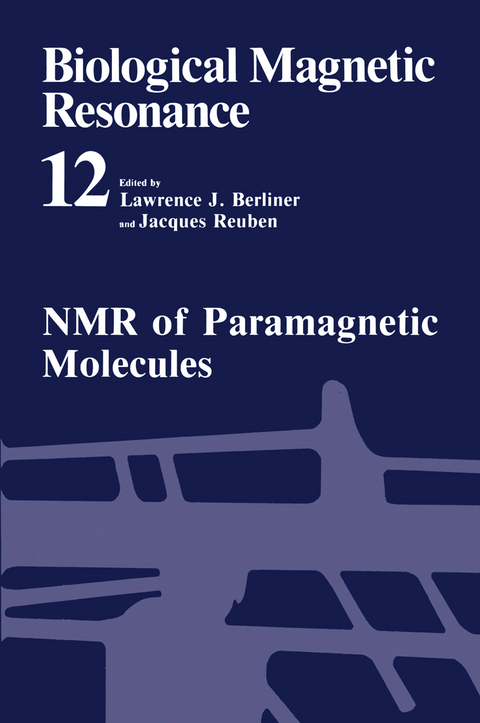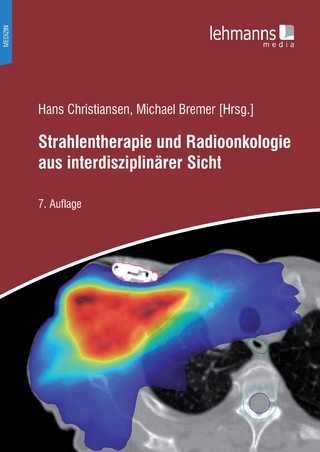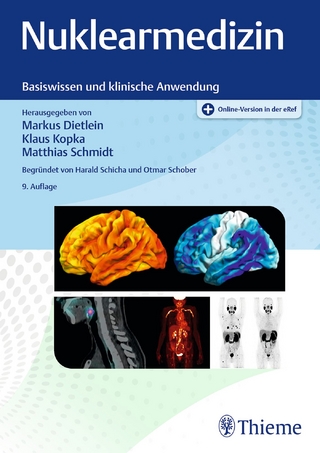
NMR of Paramagnetic Molecules
Springer-Verlag New York Inc.
978-1-4613-6250-0 (ISBN)
Dr. Lawrence J. Berliner is currently Professor and Chair of the Department of Chemistry and Biochemistry at the University of Denver after retiring from Ohio State University, where he spent a 32-year career in the area of biological magnetic resonance (EPR and NMR). He is the Series Editor for Biological Magnetic Resonance, which he launched in 1979.
1 NMR Methodology for Paramagnetic Proteins.- 1. Introduction.- 2. Paramagnetic Relaxation.- 3. 1D Correlation.- 4. 2D Correlation.- References.- 2 Nuclear Relaxation in Paramagnetic Metalloproteins.- 1. Why do Nuclei Relax Faster in the Presence of Unpaired Electrons?.- 2. Correlation Time for the Nucleus—Unpaired Electron Coupling.- 3. Contributions to Nuclear Relaxation Due to Coupling with Unpaired Electrons.- 4. A Comment on Electron Relaxation Times.- 5. Electron Relaxation in Magnetic Exchange—Coupled Systems.- 6. Effect of Fast Relaxation on NOE Experiments.- 7. Effect of Fast Relaxation on 2D Experiments.- 8. General Strategy for NMR Analysis in Paramagnetic Metalloproteins.- References.- 3 Paramagnetic Relaxation of Water Protons: Effects of Nonbonded Interactions, Electron Spin Relaxation, and Rotational Immobilization.- 1. Introduction.- 2. Outersphere Relaxation.- 3. The Electron Relaxation Rate.- 4. Effects of Rotational Mobility on Solvent Relaxation.- References.- 4 Proton NMR Spectroscopy of Model Hemes.- 1. Introduction and Background.- 2. Proton NMR Studies of Various Iron Oxidation and Spin States of Porphyrins and Reduced Hemes.- 3. The Use of NMR Spectroscopy to Investigate Chemical Reactions of Model Hemes.- References.- 5 Proton NMR Studies of Selected Paramagnetic Heme Proteins.- 1. Introduction.- 2. Background.- 3. Assignments.- 4. Relative Attributes of Selected 1D and 2D Methods with CcP: Cytochrome c Complexes as Examples.- 5. Illustrative Applications.- References.- 6 Heteronuclear Magnetic Resonance: Applications to Biological and Related Paramagnetic Molecules.- 1. Introduction.- 2. 13C NMR of Paramagnetic Molecules.- References.- 7 NMR of Polymetallic Systems in Proteins.- 1. Occurrence and Role of Polymetallic Systems in BiologicalMolecules.- 2. Paramagnetism in Magnetically Coupled Systems.- 3. NMR Parameters in Exchange-Coupled Dimetallic Systems.- 4. Exploitation of Weak Exchange Coupling in Dimetallic Systems: Cu2M2 Superoxide Dismutase (M = Co, Ni).- 5. Exploitation of Strong Exchange Coupling in Dimetallic Systems: Fe2S2 Ferredoxins.- 6. Exchange-Coupled Polymetallic Systems.- 7. NMR of Fe4S4 High-Potential Iron-Sulfur Proteins.- 8. NMR of 2[Fe4S4] Ferredoxins.- 9. Cobalt(II)-Substituted Thioneins.- 10. Concluding Remarks.- References.- of Previous Volumes.
| Reihe/Serie | Biological Magnetic Resonance ; 12 |
|---|---|
| Zusatzinfo | XIII, 440 p. |
| Verlagsort | New York, NY |
| Sprache | englisch |
| Maße | 152 x 229 mm |
| Themenwelt | Medizinische Fachgebiete ► Radiologie / Bildgebende Verfahren ► Nuklearmedizin |
| Medizinische Fachgebiete ► Radiologie / Bildgebende Verfahren ► Sonographie / Echokardiographie | |
| Naturwissenschaften ► Biologie ► Biochemie | |
| Naturwissenschaften ► Chemie ► Analytische Chemie | |
| Naturwissenschaften ► Physik / Astronomie ► Angewandte Physik | |
| Technik ► Umwelttechnik / Biotechnologie | |
| ISBN-10 | 1-4613-6250-4 / 1461362504 |
| ISBN-13 | 978-1-4613-6250-0 / 9781461362500 |
| Zustand | Neuware |
| Haben Sie eine Frage zum Produkt? |
aus dem Bereich


